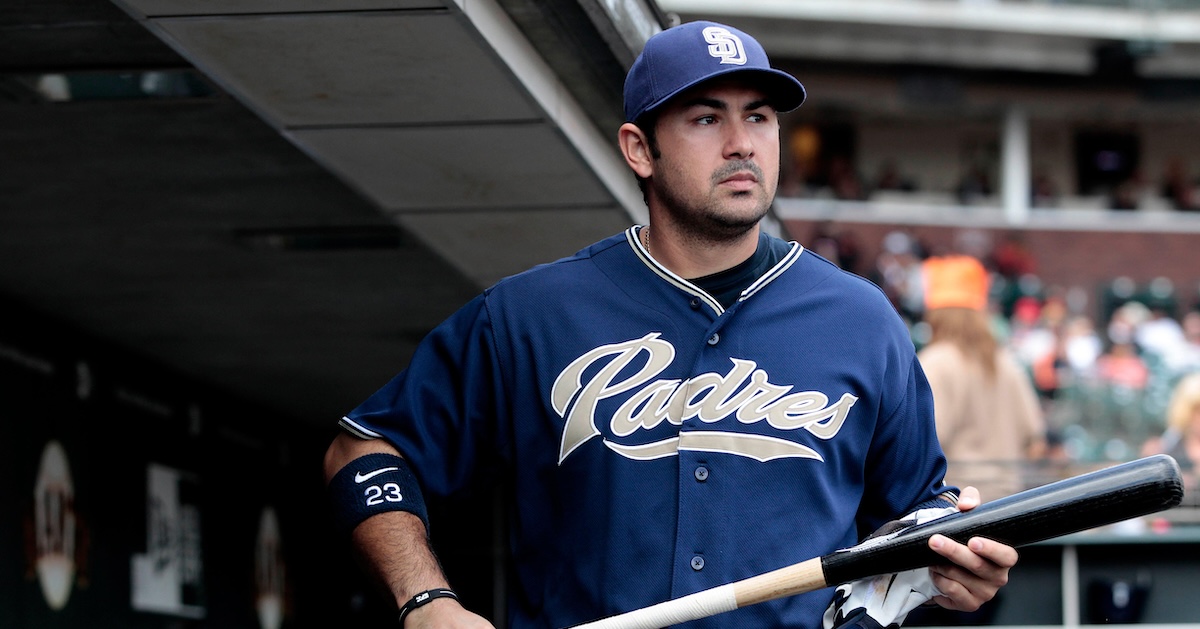Effectively Wild Episode 2121: Season Preview Series: Marlins and Mets

Ben Lindbergh and Meg Rowley introduce the 12th annual Effectively Wild season preview series, then banter about the Royals extending Bobby Witt Jr., the Dodgers reuniting with Clayton Kershaw (and Ryan Brasier), the Red Sox (sort of) reuniting with Theo Epstein, and the latest hitter who’s converting to pitching. Then they preview the 2024 Miami Marlins (33:33) with Fish on First’s Kevin Barral and the 2024 New York Mets (1:09:12) with The Athletic’s Tim Britton.
Audio intro: Nate Emerson, “Effectively Wild Theme”
Audio interstitial 1: Nate Emerson, “Effectively Wild Theme”
Audio interstitial 2: Benny and a Million Shetland Ponies, “Effectively Wild Theme”
Audio outro: Indoor Recess, “On-Field Mics”
Link to preview series wiki
Link to FG depth charts standings
Link to Dan S. on Witt
Link to MLBTR on Witt
Link to Baumann on Peralta
Link to MLBTR on Kershaw
Link to FG on Brasier
Link to info on Brasier’s cutter
Link to MLBTR on Peters
Link to Ben on Taylor Swift
Link to Caribbean Series wiki
Link to Marlins offseason tracker
Link to Marlins depth chart
Link to team SP projections
Link to team RP projections
Link to Fish on First
Link to Fish on First podcast
Link to Kevin’s Fish on First archive
Link to Mets offseason tracker
Link to Mets depth chart
Link to Mauricio ACL news
Link to 2023 framing leaders
Link to “transitory” comment
Link to Mets fan survey
Link to Tim’s The Athletic archive
Link to MLBTR on Altuve
![]() Sponsor Us on Patreon
Sponsor Us on Patreon
![]() Facebook Group
Facebook Group
![]() Twitter Account
Twitter Account
![]() EW Subreddit
EW Subreddit
![]() Effectively Wild Wiki
Effectively Wild Wiki
![]() iTunes Feed (Please rate and review us!)
iTunes Feed (Please rate and review us!)
![]() Get Our Merch!
Get Our Merch!
![]() Email Us: podcast@fangraphs.com
Email Us: podcast@fangraphs.com
Podcast (effectively-wild): Play in new window | Download
Subscribe: RSS





